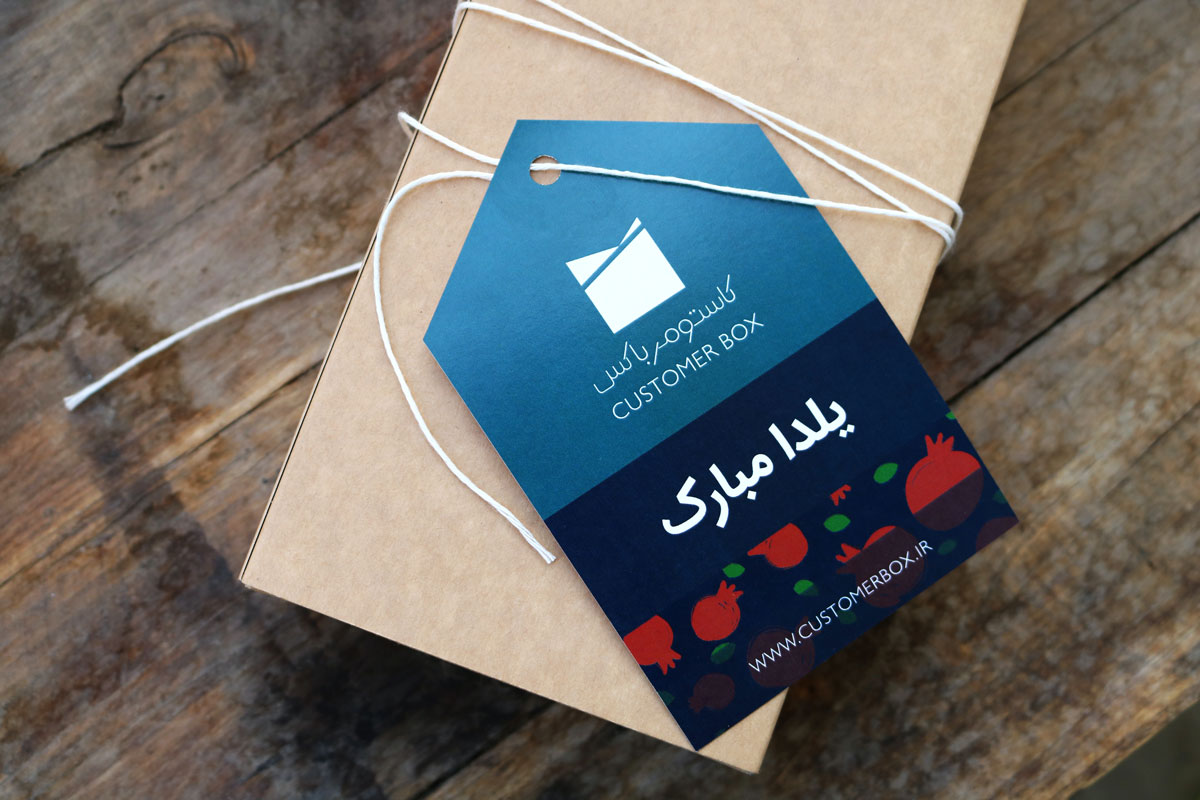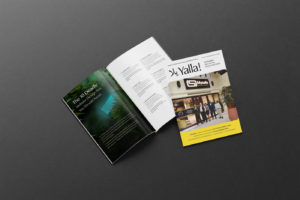When expanding your business into new international markets, it is important to choose a brand name that appeals to all people. You’ll need to think across ethnic, language, and cultural barriers. There are several key characteristics that make a good international brand name. In this blog post, we will discuss the most important ones.
Whether you’re going multinational, or branding for a diverse local market like Dubai, you’ll need an appropriate brand name that:
Is considerate of local culture
One of the biggest challenges facing brands that expand globally is the need to cater to different local cultures. What works in one country might not work in another, and what is considered normal in one culture can be considered offensive in another. As a result, brands need to be highly aware of the cultural context in which they are operating. They need to understand local customs and traditions.
It’s important to understand the people your brand name must appeal to. Who are your target customers? What do they value and admire? And equally, what do they frown upon? You’ll need to take all of this into account when building a successful brand that will be successful in the international marketplace. Do your research and make sure you understand the cultural context in which you’ll be operating.
Is simple to understand
Be clear and intentional about what you want to communicate. A good brand name should be uncomplicated and unambiguous. Slang terms and idiomatic expressions can be confusing, so it is best to avoid them altogether.
There are lots of directions you can take when choosing a brand name and it doesn’t necessarily have to mean anything. An invented name, like Google for instance, or an acronym like BMW or IBM. Such brand names might help you sidestep any potential confusion. But if you do want your product or company name to have meaning, make sure it is something that will translate well.
Isn’t lost in translation
Think about how accessible your brand name is across different languages. Can it be easily translated into other languages without losing its meaning or impact? Does it have multiple meanings that could be misinterpreted? If so, you might want to consider a more translatable name. Consider using the founder’s name (think Heinz), or even an invented one.
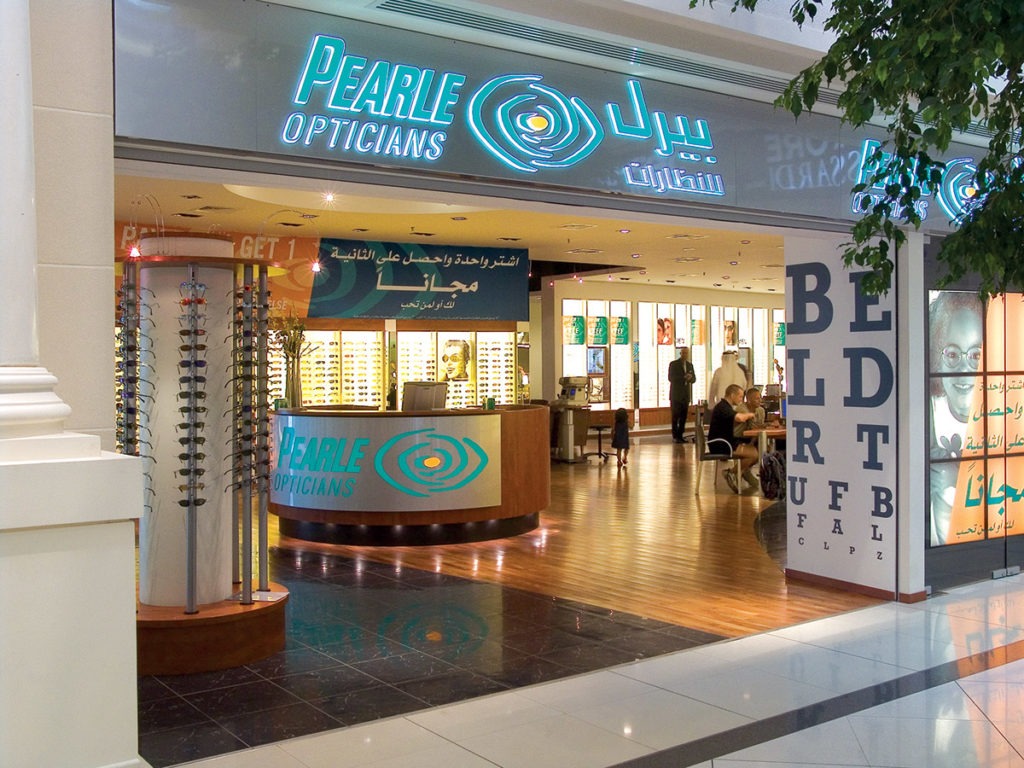
Is easy to pronounce
Think about how your brand name will sound in other languages. Can it be easily pronounced by people who don’t speak the same language as you? These are important things to consider when choosing a name for an international market.
Imagine two people with no shared language trying to communicate. Perhaps these people are in a store where one is asking the other where to your product. Say “Coca-Cola” or “Kleenex” for example, and pretty much anybody will know what you’re talking about.
As a design agency working in the GCC, we mostly work with the two most widely spoken languages, English and Arabic. However, there are also large populations of Farsi, Urdu and Hindi speakers in the region that you might consider having separate translations for.
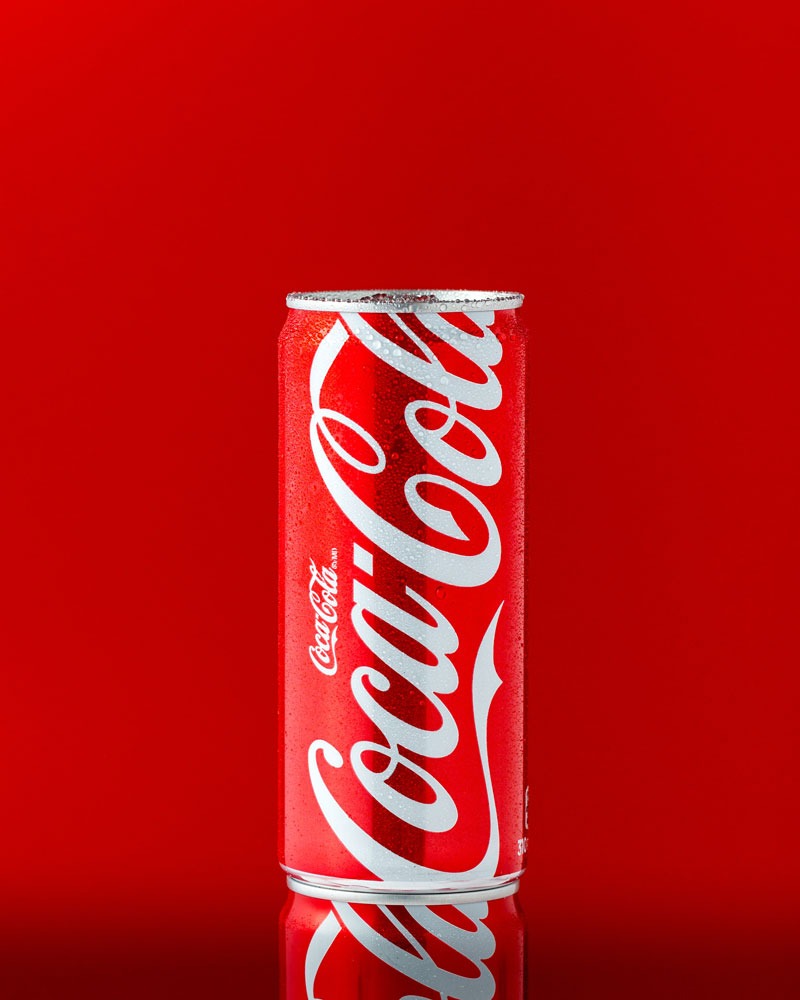
Is legally defensible
You might want to think about protecting your brand name with a trademark. Check that your proposed brand name is available and can be easily trademarked in each of the territories you intend to use it. The process of trademarking a brand name is relatively simple and inexpensive, and can be done entirely online in some countries.
When you have a strong brand name, it becomes an asset that can be used to drive growth and create shareholder value. A well-chosen and well-protected brand name can command premium prices, if and when you choose to sell.
In the UAE, you’ll need to check trademark availability with the UAE Ministry of Economy.
Fits your long-term plans
Keep in mind where you want to take your brand in the long term. The truth is, if your brand ends up becoming a global behemoth, you can expect to bump into any number of localisation issues. That’s to be expected when branding name has to work in every market and every language worldwide. The more universal you need the brand to be, the more generic and less meaningful it becomes.
But if you’re just starting out and choosing a brand name for a few specific languages and territories, you can be more deliberate with your brand name. It’s planning and foresight that leads to an international brand name having longevity. As long as you’re mindful of where your business might take you, sticking with the principles above will help put your brand on a solid footing.
Localisation successes and fails: examples of famous brand names
Here are a few notable cases of multinational corporations attempting to localise their brand names.
Pepsi
We’re all very familiar with the name “Bebsi” in the Arabian Gulf. With Arabic having no letter ‘p’, Pepsi substitute the ‘p’s in their brand name for the letter ‘b’. This is common among most Western brand names featuring the letter ‘p’, from Pringles to Hewlett Packard.
Pepsi’s Arabic Facebook page has close to five million likes, which says a lot about the brand’s popularity in the region. Interestingly enough, “bebsi” also happens to be Arabic slang for a small, rotund person. So every time you drink a Pepsi in the Gulf, you’re essentially calling yourself “chubby”!
Sprite
In order to successfully branch into new markets, some brands have to go so far as changing their name entirely. When Sprite, a soda drink, entered China, they had to transform their entire brand identity. To localize the product, they changed the name to xuĕ bì. In Chinese culture,’xuĕ’ means snow while ‘bì’ translates directly to blue-green. The combination of these two words strongly suggests freshness–which perfectly mirrors the look of Sprite’s packaging.”
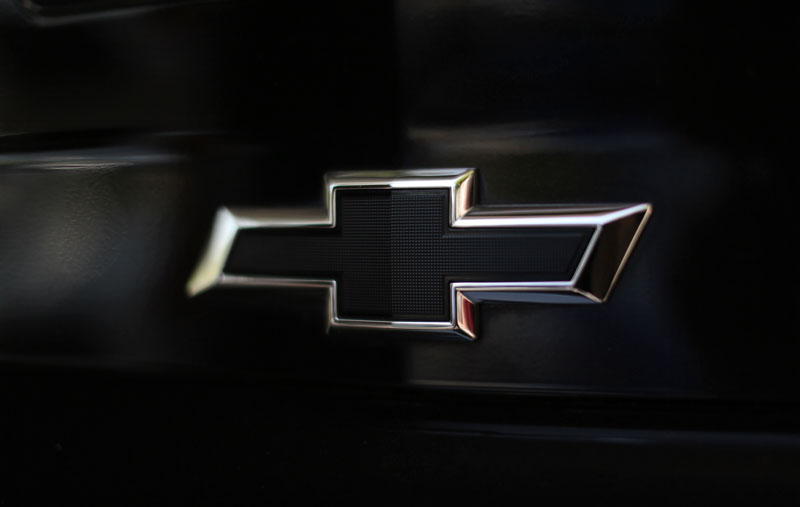
Chevrolet
In the early 2000s, Chevrolet decided to rebrand one of their most popular models, the Chevy Nova. The new name was supposed to signify a new era for the car, but unfortunately, it ended up being a complete flop. In Spanish, Nova means “no go.” As a result, sales in Latin American markets tanked. It was a huge embarrassment for the company, and it ultimately cost them millions of dollars in lost revenue. These days, Chevrolet is much more careful when it comes to choosing names for their products. They conduct extensive market research to make sure that potential customers will actually be able to pronounce and spell the name of the product. They also avoid using words with multiple meanings, to avoid any potential misunderstandings. As a result of these precautions, Chevrolet has been able to avoid any repeat disasters like the Chevy Nova fiasco.
Toffifee
Toffifee is a German confectionary brand. When translated into English, the brand name was transliterated as “Toffifay” in the United States. This better matches the German pronounciation, while keeping the spelling of the brand name reasonably close to the actual German name. This makes sense from a branding perspective, but still looks strange to people who know the Toffifee brand name.
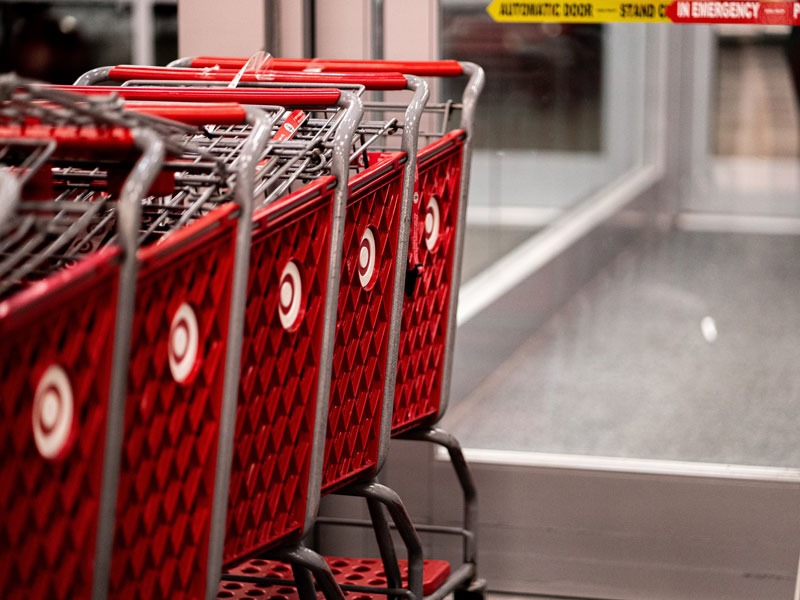
target-store-retail-branding.jpg
Orina, from Target
Target’s recent flat-heeled sandals debacle is a case study in how not to launch a new product line. The shoes, branded as ‘Orina,’ were quickly pulled from store shelves and the company’s website after it was discovered that the word means ‘urine’ in Spanish. This misstep could have been easily avoided with a bit of research into the meaning of the word in different languages. As the second-most spoken language in the United States, Spanish should have been given special consideration. The botched brand strategy meant Target was faced with the costly task of renaming and rebranding the shoes. This blunder is a reminder that companies need to be mindful of potential cultural pitfalls when launching new products. Don’t rush to market without completing a proper brand naming process. That should take any relevant foreign languages into account, not least those spoken by your target audience.
In summary
International brand names are becoming increasingly important as businesses look to expand their reach into new markets. If you want to build an attractive brand in multiple countries, consider these factors:
The local cultures where you’ll operate
Whether the name is easy for diverse audiences to understand
Whether the name can be translated without losing meaning or context
Whether the name is legally defensible
Whether it has good brand longevity that matches your goals
Doing your research and being thoughtful about these elements will help you create a global brand portfolio people will recognise and respect.
